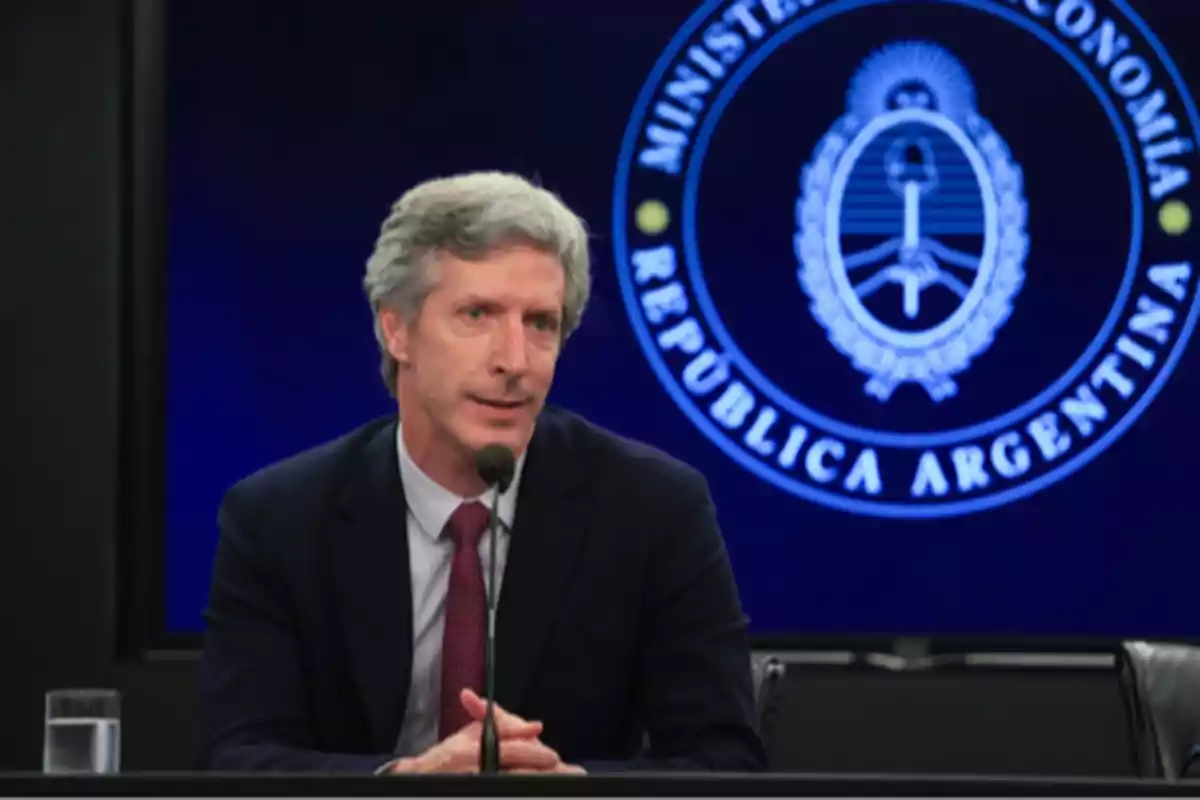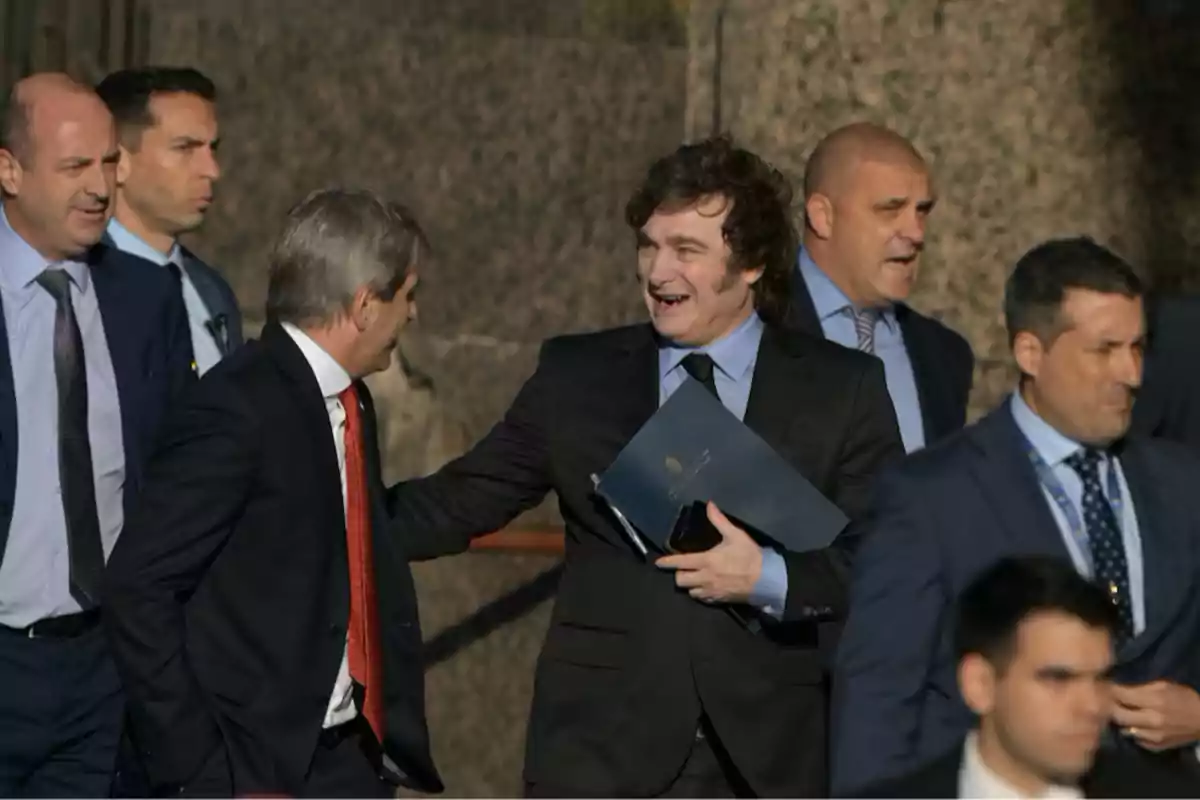
The BCRA promoted the BOPREAL. Up to USD 3,000 million for foreign investments.
Investors entering the country will be able to access the foreign exchange market after a minimum stay of 6 months
In a strong demonstration of confidence in its economic program, the government of Javier Milei, through the Central Bank of the Argentine Republic (BCRA), announced the issuance of a new series of the Bond for the Reconstruction of a Free Argentina (Bopreal) for up to USD 3,000million, and the lifting of the currency exchange restrictions for new foreign investments entering the country for productive or financial purposes.
This ambitious scheme is part of the Phase 3 of the economic program, which focuses on normalizing the foreign exchange market, promoting the development of the local capital market, and consolidating macroeconomic balance. The initiative, described by the Central Bank itself as part of a "macroprudential" strategy, aims to reduce the volatility inherent in short-term speculative flows and provide clear signals of stability and predictability to international investors.
The most notable development is the lifting of access to the Free Exchange Market (MLC) for foreign investors bringing in new capital. This opening will allow these funds to be repatriated without restrictions, provided that the acquired assets remain in the country for a minimum period of six months, verified by the intervening financial entity.

This period, explained by the BCRA, responds to the need to "limit the volatility that short-term capital could generate" and at the same time, provide solid tools to those who want to operate in the Argentine financial market. In fact, under this new regulatory framework, foreign funds will also be able to access the futures market as a currency hedging instrument, which "improves conditions for all participants in the financial futures market and contributes to strengthening liquidity and transparency in price formation."
The Central Bank emphasized that these decisions increase "the visibility and attractiveness of Argentine financial assets to institutional funds and other investment vehicles" that replicate global benchmark indices, paving the way for the future inclusion of local instruments in these indices.
Complementing this opening, the BCRA confirmed the launch of the fourth series of the Bopreal, a dollar-denominated bond aimed at absorbing monetary surpluses and providing an orderly exit for inherited liabilities. Unlike previous editions, this issuance is aimed at addressing commercial debts prior to December 12, 2023, undistributed dividends, and debt services with related entities.
The new Bopreal will be denominated in dollars, but can be subscribed in pesos, will have a three-year term, pay semi-annual interest –the rate of which will be informed in due course– and return the principal in a single payment at maturity. The placement, for an initial total of up to USD 3,000 million, will be carried out in successive auctions by adhesion, the dates of which will be communicated through a BCRA "B" Communication.
Previous Bopreal issuances had already served to ease the accumulated liabilities of importers until the end of 2023. Now, this new series aligns with recent relaxations in access to the MLC, particularly regarding financial interest payments with related parties and the distribution of profits corresponding to fiscal years starting from January 1, 2025.

The announcement of these structural measures coincided with a key day in Argentine exchange policy: the BCRA received the first disbursement of the new agreement with the International Monetary Fund (IMF) for USD 12,000 million, as part of a total agreed of USD 20,000 million.
With this inflow, gross reserves climbed to USD 36,799 million, a significant jump that strengthens the country's external front and allows the Treasury to advance with the repurchase of Non-Transferable Letters held by the BCRA, thus improving the monetary authority's balance sheet.
The second day of the new managed floating exchange rate scheme, which keeps the dollar around $1,200, passed with absolute stability and without BCRA intervention in the market, another indicator of the firmness of the model in progress.
More posts: